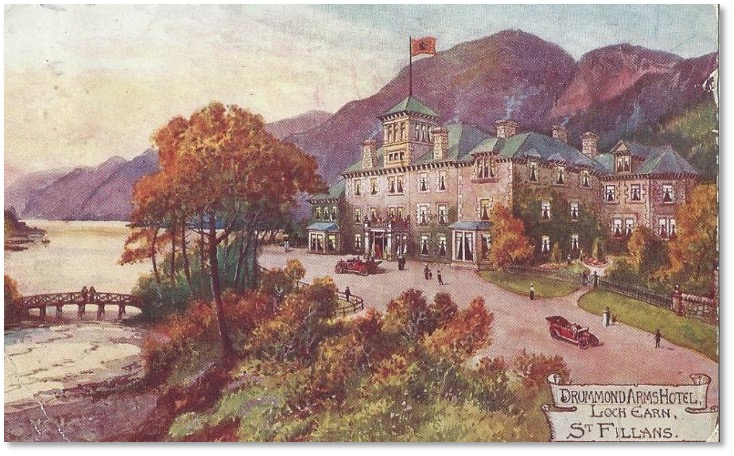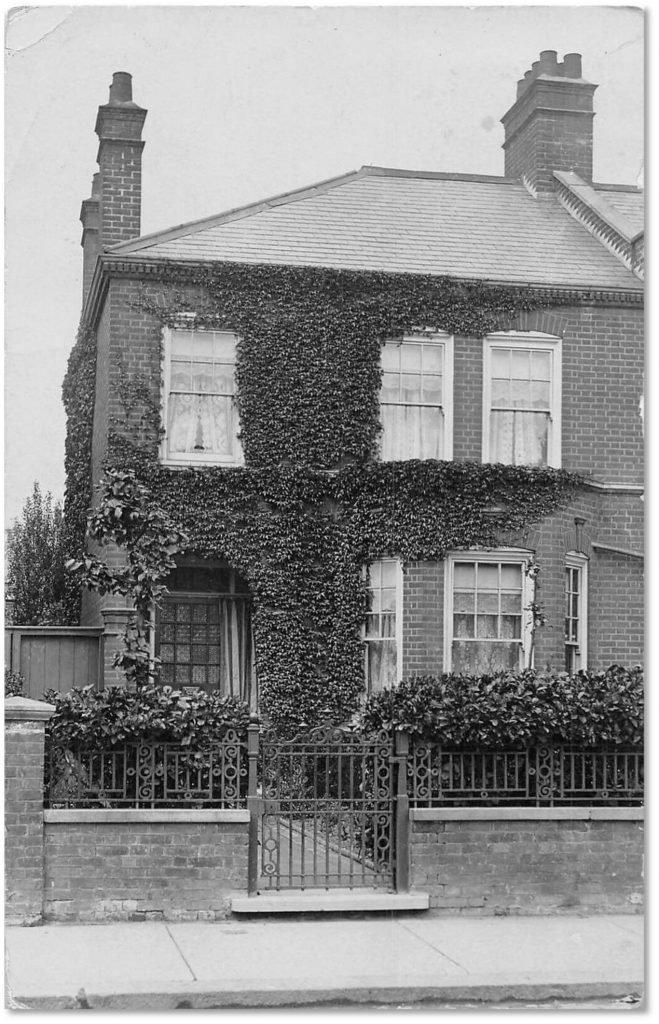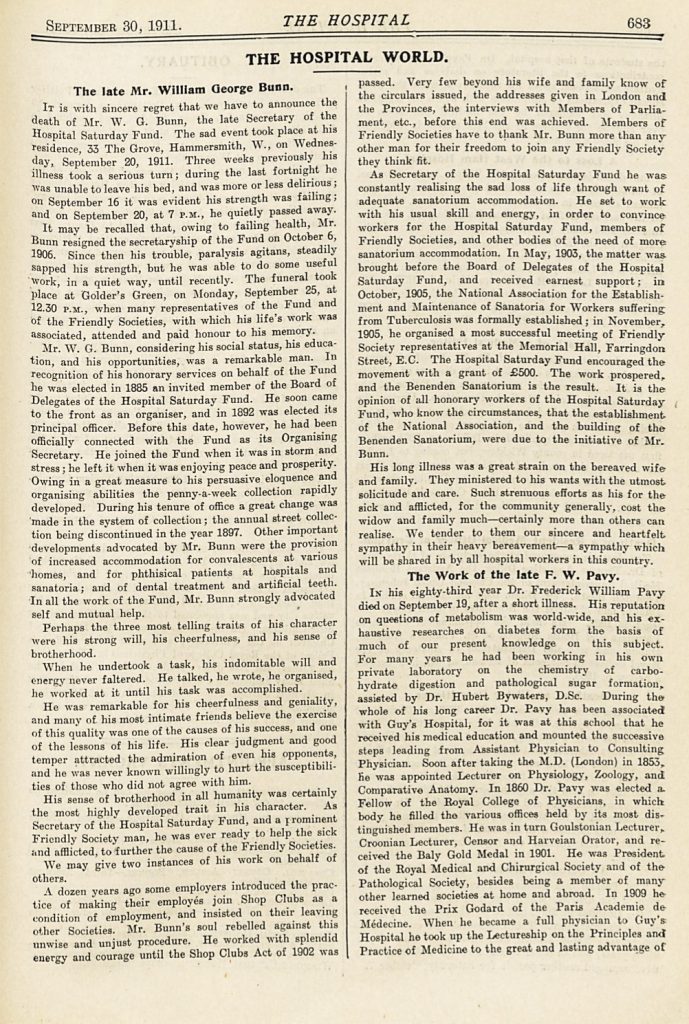“The wonderful Mr Bunn”
Many streets on the estate were named after a village or town in Scotland, and St Fillans Road is no exception. In fact, the name St Fillans is synonymous with two Scottish Saints of Irish origin. There are many references to ‘’Fillans’’ in Scotland, however our St Fillans Road was probably named after the picturesque village of St Fillans on Loch Earn (North of Glasgow) in Scotland.
The village is about 55 miles North of Glasgow so would have been well known to Archibald Corbett.

St Fillans, Loch Earn
St Fillans Road is one of the shortest on the Corbett Estate. It forms the far west border of the Estate and runs from Brownhill Road (the South Circular) to the north, to the junction of Sandhurst and Sangley Roads to the south. There are several Corbett Roads running into it to the East; These are Arngask, Fordel and Glenfarg Roads (and Elmer Road, not part of the Corbett Estate) to the West.
The road also has a few houses near to the junction with Brownhill Road that are not associated with the Estate since Archibald Corbett didn’t ever own that piece of land. This first part of St Fillans is named ‘’St Fillans’’ Roses. The Corbett Estate St Fillans houses begin after a house called ‘’Oakdene’’. The style of the houses are clearly different.
The Corbett St Fillans begins at No. 1 on the odd side and No. 2 on the even side and continues throughout the rest of the road apart from the last four houses on the odd side. The style of many of the houses are a bit different from what might be seen as the more traditional style of Corbett house, presumably because they were constructed by different builders.

A house in St Fillans Road c 1906.
Building of the street commenced in 1898, and when it was finished there were 69 houses. The 1911 census recorded 316 people residing in the road. That equates to 4.6 people per house – slightly above average on the Estate.
Statistics on the residents: the 1911 Census
St Fillans was one of the most female-orientated of the 27 streets on the Estate, with 55% of the residents being women and girls, and 45% men or boys. The Estate average was 53% female and 47% male.
The top two adult female first names here were Annie and Margaret, with the male equivalents being George and William. Mary and William were by far the most popular male and female adult names in the estate. For children, it was Dorothy and Arthur in St Fillans.
As with almost every other street, the most popular kind of work for the citizens of St Fillans was as a Clerk. Of the 117 people in employment, 31 said that they did some sort of office job (Clerk). Amongst the non-office workers, there was James Taylor, a Cloth Viewer working for the Admiralty; and his son James, who worked as a Music Hall Attendant. They lived at No. 38.
The street record for the highest number of children in a single family went to the Cork family at No. 64, where they had 9 children. This means there were at least 11 people living in the house which was also the highest number of people living in a single house in the Road.
At No. 43 lived Horace Matthias, a telegraphist who takes the road’s prize for ‘resident from furthest away’: he was from Quebec, Canada. Overall, the vast majority of the street’s residents (73%) had been born in London (a little higher than the Estate average of 72%).
The oldest resident at the time of the 1911 census was George Luck (retired Medallist and Die Sinker) who lived at No. 8. He was 88 years old.
Historical context: Friendly Societies
Archibald Corbett initially employed his own workers to build the Estate’s houses, but after a year he found he was making a loss so hired local building firms to do the job for him instead. At some point he went a stage further and sold off pieces of land for others to build on.
This was no building free-for-all however: the people or companies he sold land to had to submit their house designs to Corbett’s agents for approval; the houses had to be set back a certain distance from the road; they had to cost a minimum amount to build (to stop people throwing up shoddy buildings); they had to match all the local byelaws for building standards; and they were subject to many restrictive covenants – the most well-known being Corbett’s ban on pubs and any sales of alcohol.
We don’t know all the companies he sold land to, but one typical example was a Friendly Society originally called the Hearts of Oak Benefit Society. Friendly Societies were organisations that took care of members’ pensions, savings, insurance or banking needs.
The Hearts Of Oak society had naval roots and was originally set up to protect its members against distress through sickness. A key employee of the Society was William Bunn, who worked on many philanthropic projects, and negotiated the investment in Corbett’s Estate. Presumably the Society got a good rate of return on the rents for the houses they built. It’s also possible that they let them to members who had fallen on hard times financially or medically.
Bunn passed away on the 20th September 1911. His obituary noted that “when he undertook a task, his indomitable will and energy never faltered….his sense of brotherhood in all humanity was certainly the most highly developed trait in his character”. He’s just the sort of character you can imagine Archibald Corbett getting along with.
Bunn’s name appears in numerous property titles in various roads in the estate in addition to St Fillans, such as Arngask and Merchiston Roads, where he and his fellow trustees employed builders to erect the houses.

Obituary for William Bunn, 1911